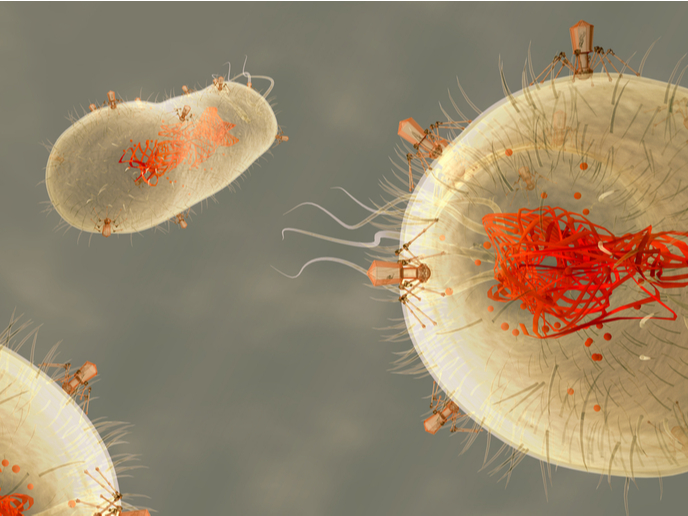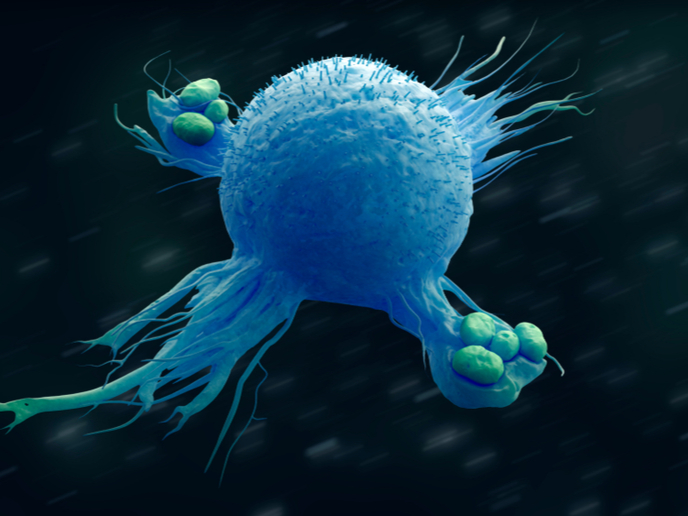Constant regeneration is skin-deep
Skin is a complete organ. It protects us from the ravages of invasion by pathogens, extreme temperature and water loss. Moreover, it feels, breathes, gets rid of waste, and grows. It must grow rapidly and constantly as there is constant shedding of the dead (terminally differentiated) skin cells at the surface. Regeneration every 21 days depends on a layer of epidermal stem cells as yet undifferentiated into their final form. In order to bring about this transformation of stem cells, there are several signalling pathways that control and regulate the processes involved. The 'Deciphering the role of chromatin in epidermal stem cell biology' (Chromatin in skin) team took human epidermal stem cells and stimulated them to develop in vitro. While the process was in full swing, the scientists used a technique called gene silencing by optimally introducing chromatin factors (nuclear material). When a gene is silenced, it does not do its job, which in itself identifies the role of that gene. The project was very successful. The role of no less than 332 chromatin-related factors was determined and 5\;000 data points analysed to determine which genes were being expressed and when. This led to the discovery of two functionally connected epigenetic self-renewal mechanisms that cause changes in skin renewal through means other than alteration of the DNA. The significance of the research in areas like skin cancer is obvious. Mechanisms behind stem cell development will also help to explain the wonders of our intricate yet virtually foolproof maturation and regeneration systems.







